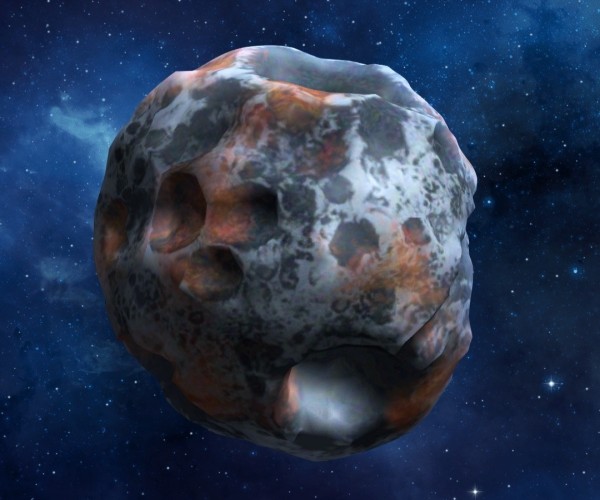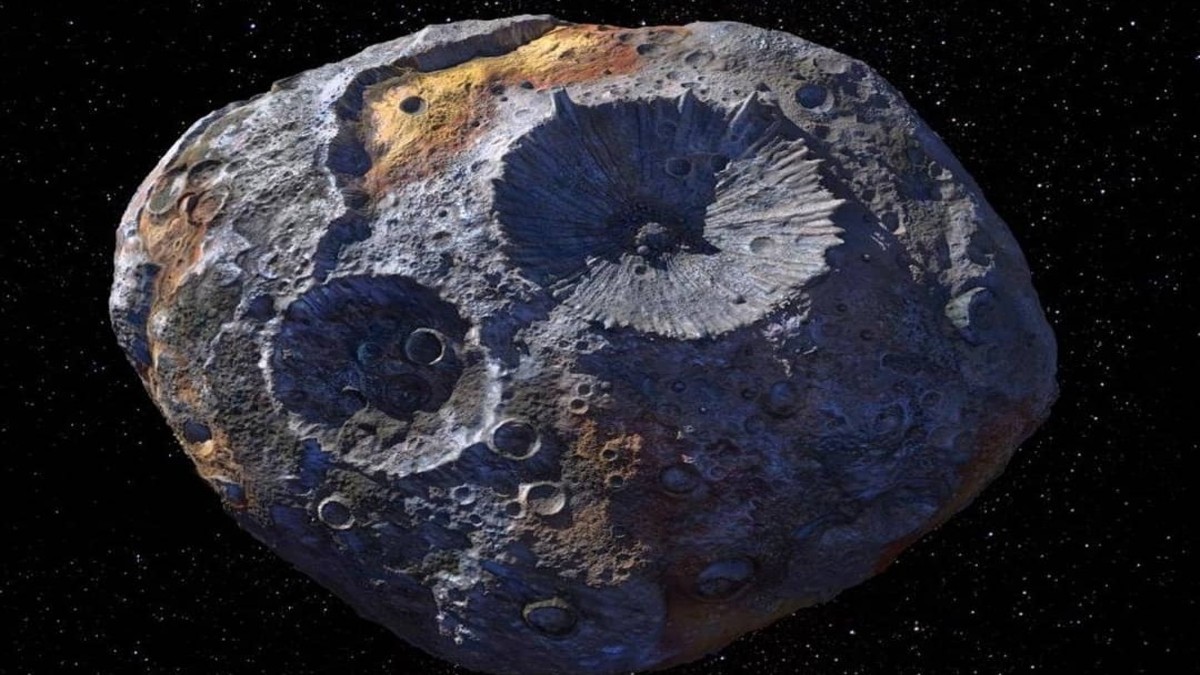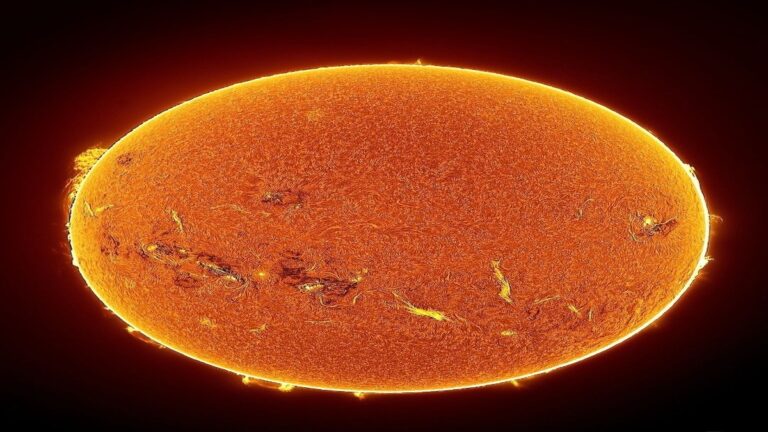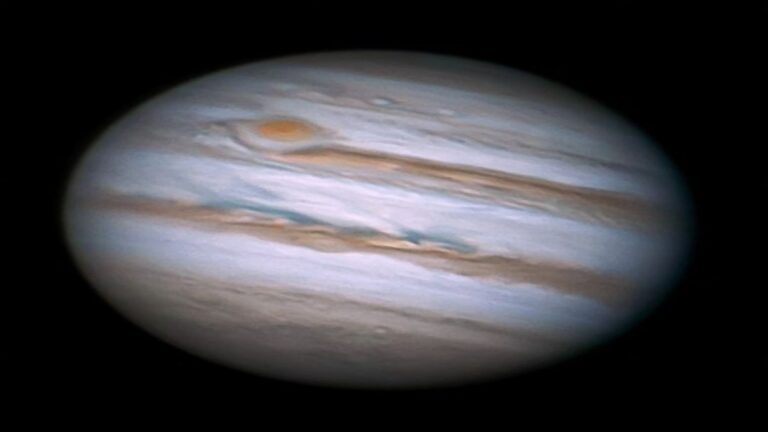16 Psyche
16 Psyche, In the vastness of space, there lies a celestial treasure trove worth an estimated $10,000,000,000,000,000,000. This extraordinary asteroid, known as 16 Psyche, was discovered 172 years ago and is the target of one of NASA’s most ambitious missions.
As we delve into the origins, composition, and scientific significance of 16 Psyche, we uncover why this metallic marvel has captured the imagination of scientists and space enthusiasts alike.
Discovery and Characteristics
16 Psyche was first discovered on March 17, 1852, by Italian astronomer Annibale de Gasparis. Named after the Greek goddess of the soul, Psyche, this asteroid is unique due to its high metal content. Unlike most asteroids that are rocky or icy, 16 Psyche is believed to be composed primarily of iron and nickel, much like Earth’s core. This composition has led to the hypothesis that Psyche might be the remnant of a protoplanet that never fully formed.
Spanning about 140 miles (225 kilometers) in diameter, 16 Psyche resides in the asteroid belt between Mars and Jupiter. Its metallic nature has sparked intense interest because it offers a window into the building blocks of planet formation. By studying Psyche, scientists hope to gain insights into the violent collisions and accretions that characterized the early solar system.

The Value of 16 Psyche
The staggering estimated value of 16 Psyche—$10 quintillion (10,000,000,000,000,000,000) —stems from its rich metal deposits. If mined, the iron and nickel alone could potentially exceed the global economy’s total value. However, it’s important to note that this figure is theoretical. The logistical and technological challenges of mining an asteroid and transporting the materials back to Earth are currently insurmountable.
Moreover, the influx of such vast quantities of metals could destabilize the global markets, rendering the actual economic benefit far less than the headline figure suggests. Nonetheless, the scientific and exploratory value of Psyche far outweighs its monetary potential.
NASA’s Psyche Mission
Recognizing the scientific significance of 16 Psyche, NASA launched the Psyche mission, part of its Discovery Program. The mission, managed by NASA’s Jet Propulsion Laboratory (JPL), aims to explore Psyche’s surface, composition, and magnetic field. Scheduled for launch in 2022, the spacecraft is expected to reach the asteroid in 2026.
Equipped with a suite of scientific instruments, the Psyche spacecraft will map the asteroid’s surface, analyze its composition, and measure its magnetic field. These observations will help scientists test hypotheses about Psyche’s origins and the nature of planetary cores. The mission also includes collaboration with private industry, including a partnership with SpaceX, which will provide the Falcon Heavy rocket for the launch.
Scientific and Future Implications
The Psyche mission represents a significant step forward in our understanding of planetary formation and the early solar system. By studying a metallic asteroid up close, scientists hope to validate models of how planetesimals—building blocks of planets—form and differentiate. Insights gained from Psyche could also inform our understanding of Earth’s core and magnetic field, contributing to the broader field of planetary science.
In the long term, missions like Psyche pave the way for future asteroid exploration and potential resource utilization. While commercial asteroid mining remains a distant prospect, the technological advancements and knowledge gained from such missions will be invaluable for future endeavors in space exploration and resource acquisition.
Conclusion
The story of 16 Psyche is a testament to humanity’s enduring curiosity and drive to explore the cosmos. Discovered over a century and a half ago, this metallic asteroid now stands at the forefront of scientific exploration, promising to unlock secrets of our solar system’s past. As NASA’s Psyche mission embarks on its journey, it not only aims to uncover the mysteries of this trillion-dollar asteroid but also to inspire future generations to reach for the stars.
Summary
16 Psyche, a metallic asteroid worth an estimated $10 quintillion, was discovered 172 years ago by Italian astronomer Annibale de Gasparis. Composed primarily of iron and nickel, it offers a unique glimpse into planetary formation processes.
NASA’s Psyche mission, set to launch in 2022 and reach the asteroid in 2026, aims to study Psyche’s surface, composition, and magnetic field to better understand the early solar system and planetary cores.
While its economic potential is staggering, the mission’s true value lies in its scientific contributions and the technological advancements it inspires for future space exploration.


















I love how you addressed this issue. Very insightful!
I found this article to be very eye-opening. Thanks for sharing.